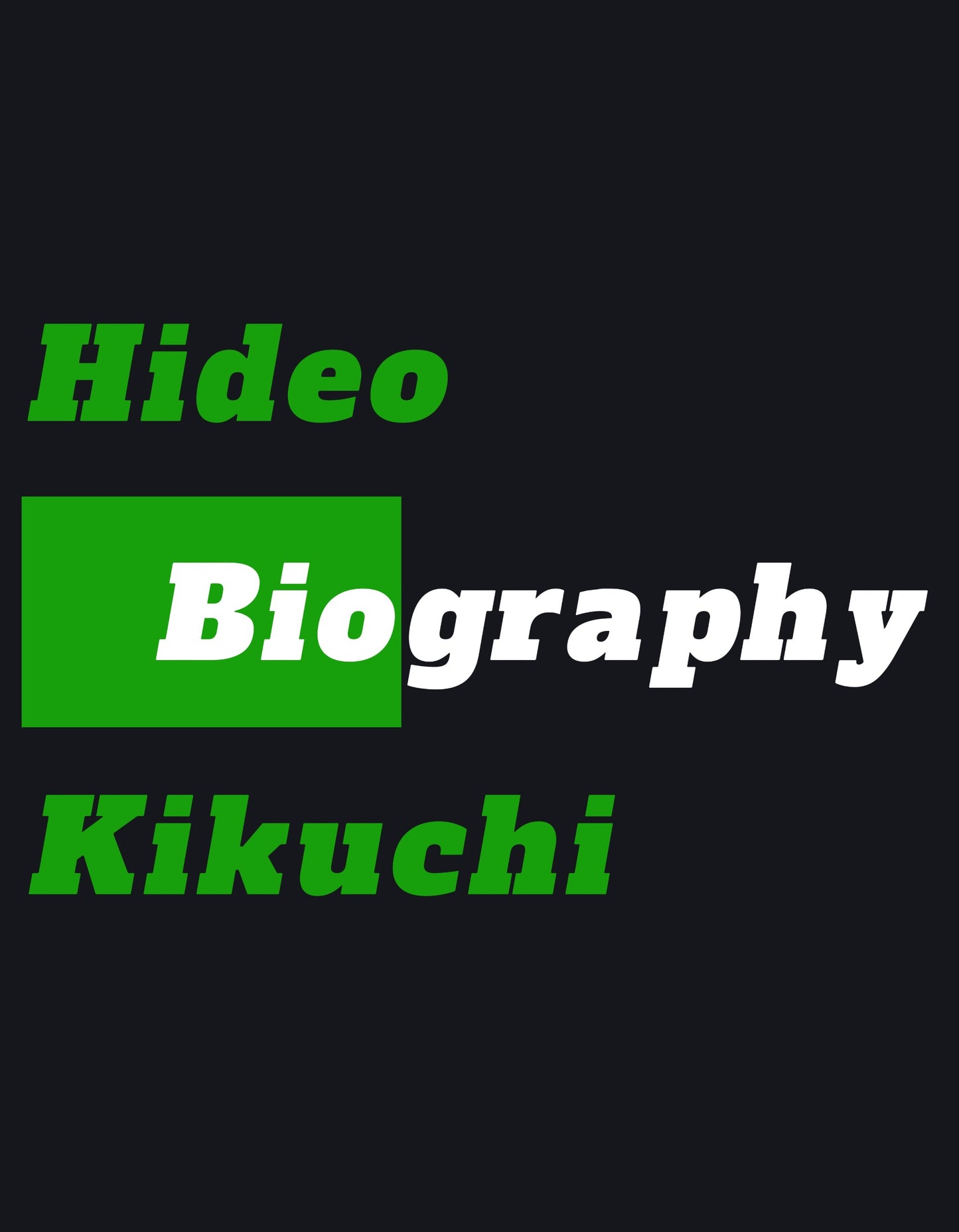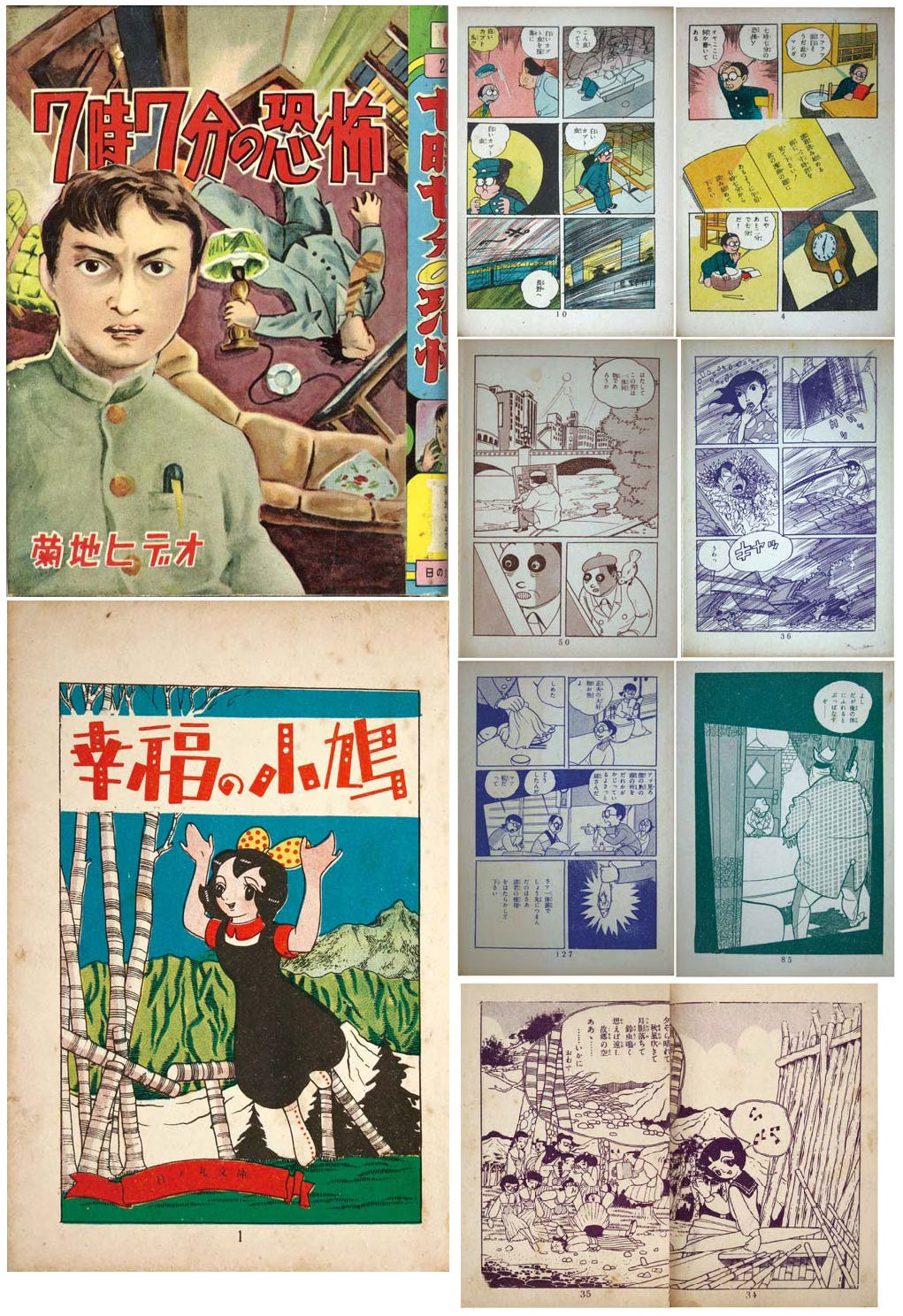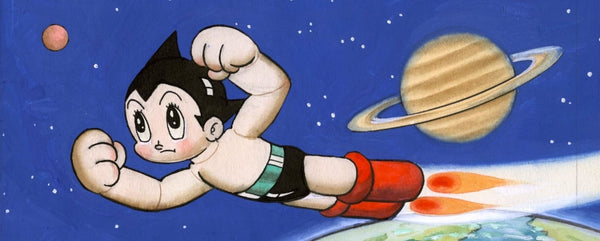Yuji Hosoi
Biography | Hideo Kikuchi
Biography | Hideo Kikuchi
Couldn't load pickup availability
Hideo Kikuchi was a Japanese mangaka active during the 1940's & 1950s, known for his work in the formative years of postwar manga. He was part of the akahon and early kashihon scene, a time when manga artists operated outside the emerging mainstream and published stories in cheaply printed, often short-lived formats.
Kikuchi is increasingly recognized as a distinct and unusual voice in early manga. His storytelling often played with narrative frames, psychological tension, and open-ended mysteries, setting him apart from the more straightforward action- or comedy-driven artists of his time.
One of his more notable works is Nemuru Shōjo ("Sleeping Girl"), published in Hakuchō but perhaps the most striking example of his creativity is 7時7分の恐怖 ("The 7:07 Terror"), a rare anthology that uses a metafictional device.
In this story, a boy named Masao reads a manga that instructs him, and by extension, the reader, to begin reading at exactly 7:07 PM. The eerie effect draws the reader into a series of suspenseful short stories, ending with a quiz-like twist that questions the nature of fiction and time. The manga blends crime, legend, and psychological horror with uncanny precision.
Kikuchi's storytelling thrives on implication. His narratives often evoke strong atmosphere and tension without offering full explanation or resolution. This characteristic ambiguity became part of his signature style and can already be seen in his earliest works.
In the shadow of Osamu Tezuka’s rising influence, the postwar manga scene saw a wave of artists borrowing liberally from his cinematic style and futuristic themes. While there is no direct collaboration between Kikuchi and Tezuka, Kikuchi’s The Dark Island stands out as one of the most overt cases of visual and narrative plagiarism from Tezuka’s work.
It does not just echo his layout style. It replicates specific character designs, moods, and sequences so closely that one might assume they had worked together.
Rather than conceal his borrowings, Kikuchi’s work openly blurs the line between imitation and appropriation. This makes The Dark Island one of the clearest examples of akahon-era plagiarism.
Despite working in relative obscurity, Kikuchi’s legacy is being reassessed today by collectors and manga historians. His name has become associated with a kind of cult reverence, especially after his later work under the name Shiro Takeshi, such as The Cursed Giants Fan, gained notoriety for its bizarre tone and the rumour that its reprinting bankrupted the publisher.
Kikuchi's early contributions remain scattered across out-of-print anthologies. Yet their influence lingers in their bold narrative structure, in their strange unresolved plots, and in their unmistakable place in the raw, experimental birth of modern manga.
Share




